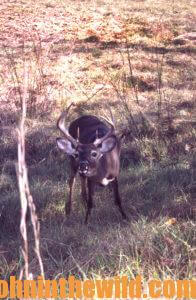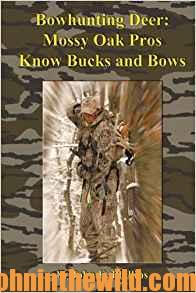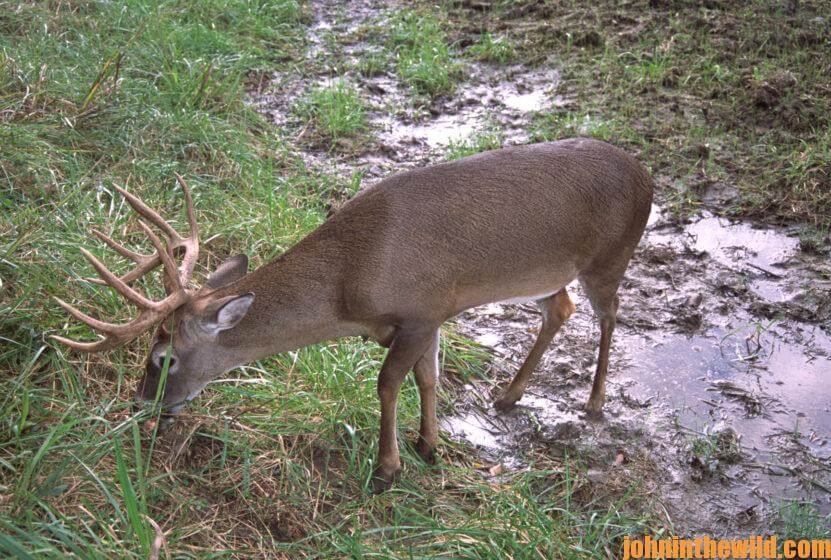Editor’s Note: When you first fall out of a tree and before you hit the ground, you have plenty of time to think about how stupid you’ve been, the mistakes you’ve made, and what you should have done to prevent the beating you’re about to take. I know from firsthand experience. I’ve fallen from tree stands on four different occasions, although not in recent years. The bruises, scratches, scrapes and loss of breath finally have taught me how important learning tree-stand safety is and how to keep from falling when I climb.
 Tree steps also can pose a potential threat to deer hunters. The steps themselves are not unsafe. But if you don’t attach the steps to the tree properly, an accident can occur. According to the stand experts, for a screw-in type step to offer the safest passage from the ground to the tree, the step must be screwed all the way into the tree to make it flush against the tree. Most hunters will screw the first two or three steps tightly into the tree. However, as they climb higher and become tired, they often don’t take those last two or three turns on the step to screw it all the way into the tree. Then those steps can pull out when you put weight on them. Generally the steps most likely to break away from the tree will be the top steps, because the hunter is tired of screwing steps into the tree as he climbs towards his stand.
Tree steps also can pose a potential threat to deer hunters. The steps themselves are not unsafe. But if you don’t attach the steps to the tree properly, an accident can occur. According to the stand experts, for a screw-in type step to offer the safest passage from the ground to the tree, the step must be screwed all the way into the tree to make it flush against the tree. Most hunters will screw the first two or three steps tightly into the tree. However, as they climb higher and become tired, they often don’t take those last two or three turns on the step to screw it all the way into the tree. Then those steps can pull out when you put weight on them. Generally the steps most likely to break away from the tree will be the top steps, because the hunter is tired of screwing steps into the tree as he climbs towards his stand.
If you fall out of a tree when you use tree steps and fall away from the tree, you may not be hurt as badly as when you fall straight down beside the tree. But those steps can catch rings or other jewelry, an arm or a leg and produce a nasty cut or possibly pull off body parts. Always take the extra time required to make sure that the last few steps at the top are as secure to the tree as the first step at the bottom.
Another problem associated with utilizing tree steps is you may shortchange yourself on the number of steps you screw into a tree. You may use only enough steps to allow you to climb to your stand. Then from the last step, you may come from below your stand to try and get into the stand. When you approach a tree stand from below or from the side of the stand, the chances of pushing the stand away from the tree are much greater than if you come from above the stand and step down into it. If you’ll use two to three more tree steps to climb above the stand to enable you to step down into your stand, the likelihood of an accident will be reduced.
Many states require rope-on or belt-on types of tree steps instead of the screw-in kind to prevent damaging the tree. These belt-on steps can be safer than the screw-in type. However, you still must remember when you’re attaching the steps to the tree to make sure the rope holding the step is parallel to the ground. Also pull the step securely to the tree with no slack in the rope. If slack is in the rope, the step can slide down the tree when weight is applied to it.
No matter what type of step you utilize to climb into your tree stand, as soon as you leave the steps and enter the stand, attach a safety belt. If you walk out onto the end of the stand and rock the stand back and forth to be certain the stand is stable against the tree before you attach your safety belt, you may take an unexpected express ride to the bottom of the tree.
To learn more about hunting for deer, check out John E. Phillips’ bowhunting books, available in Kindle, “Bowhunting Deer: Mossy Oak Pros Know Bucks and Bows” (http://amzn.to/1QGvdQx) and “Bowhunting Deer: The Secrets of the PSE Pros” (http://amzn.to/VBr1qW).
Tomorrow: What about Using Climbing Tree Stands to Hunt Deer











